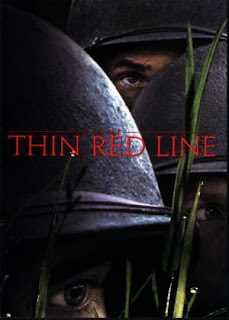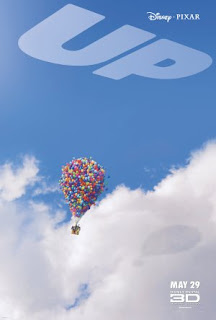So, the 2009 edition of the Toronto International Film Festival is just over a month away now. Over 130 films have been announced, and that number is likely to grow to over 300 by the time every film is announced in mid-August.
With so many films, most of which by filmmakers that nobody has heard of, but many by best-of-the-best auteurs, I wanted to make a semi-objective system for deciding what I would be seeing. I have 9 student day-passes, one for each day of the festival (not counting the first day which is just the opening night and a few other films) which allow me to see as many films as I possibly can fit into each day, which will more than likely be 4, maybe 5 if I catch some shorties like Manoel de Oliveira’s new one (about an hour long), per day. So, I’ll just say 40 films is my goal.
So I made a chart that gives points for different categories that I think are good standards for picking films in the festival. Last year I made the mistake of catching films like The Wrestler and Synecdoche, NY, two films I loved but could have waited a few months for, but I am so grateful for the chance to have seen Birdsong, Dernier Maquis, and 35 Rhums, which haven’t seen any sign of distribution in Toronto in the year since I saw them. So this year, films that already have distribution are out, including films I’m dying to see like Broken Embraces, A Serious Man, and likely to be announced films like The White Ribbon, Antichrist, and Where the Wild Things Are.
I’ve only done skimming research on most of the ‘unknown’ films listed below, so any recommendations, for or against a film, are welcome. This is a key for all of the categories:
Premiere: World Premiere = 4 pts.; International Premiere = 3; North American Premiere = 2; Canadian Premiere = 1; Films already available, either through download, youtube, or DVD = 0 (this applies to City of Life and Death, which recently showed up in its entirety on youtube).
Critics: the general reaction from critics that I respect on the film. I’ve estimated the scores here, so it gets close to 10 if it screened at a festival (Cannes, for instance) and picked up awards and good word-of-mouth, closer to 0 if it was panned. Films that have never been reviewed I give 5, just so the film isn’t penalized for not premiering already. As Venice plays out, many of the films in the Toronto line-up will screen, and I will adjust their scores in this category accordingly.
Desirable: My subjective anticipation for each title, based on the filmmaker, reviews, images, stills, trailers, critical reaction, synopsis, et al.
Theatrical Dist.: The likelihood that each film will get a US and Canadian theatrical run, based on the filmmakers’ past works getting distribution or not, the film’s country’s rep for distribution, and my personal hunch.
Director: Where I feel the director’s past works ranks in Contemporary World Cinema, on a scale of 0-5. Filmmakers making their debuts, or if they are just not familiar to me, receive 0 in this category, unfortunately.
DVD: The likelihood that the film will be distributed on DVD, which similar criteria that I use for the ‘TheatricalDist.’ category.
Country: Films made in North America or the UK receive 0, and all other countries receive 1 point here.
And now the chart, with films ranked by their total points. Again, suggestions welcome and will be strongly considered.
Chart




